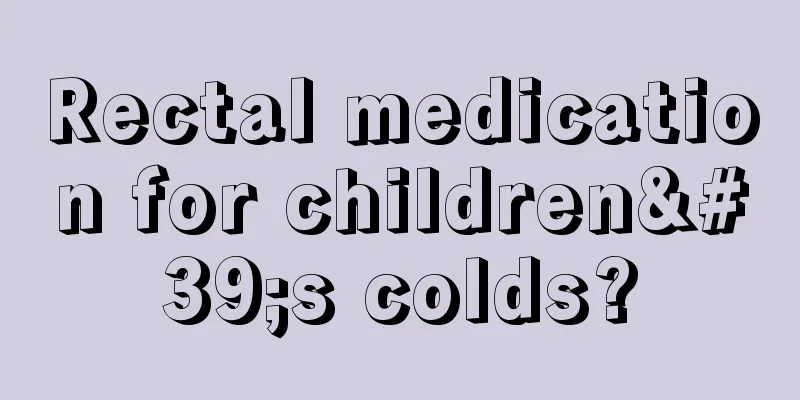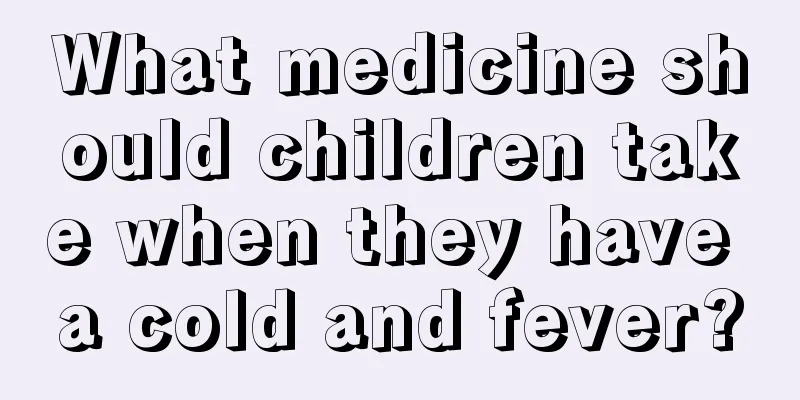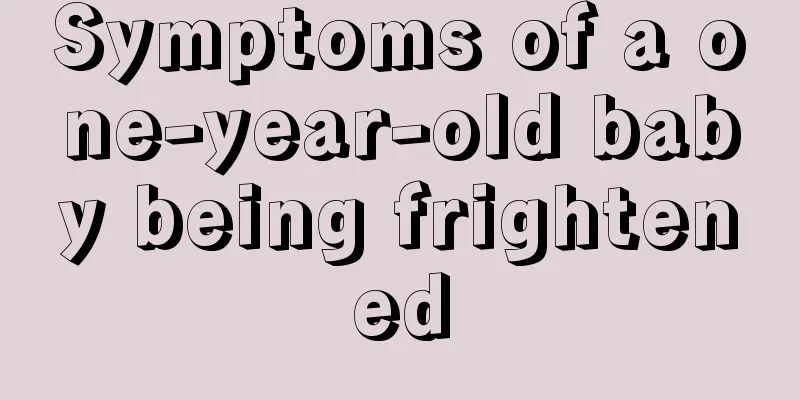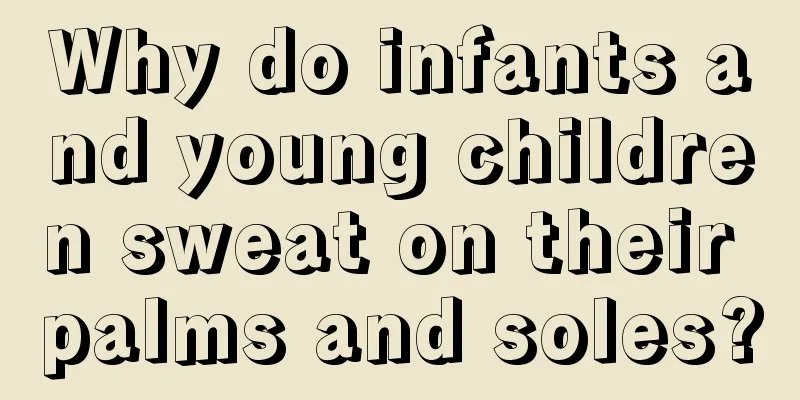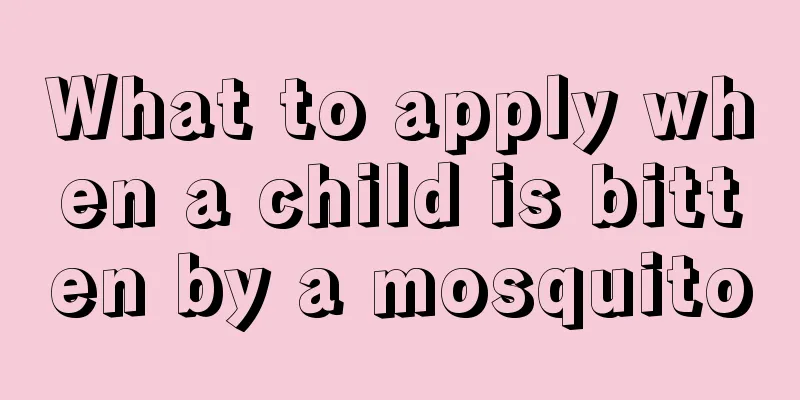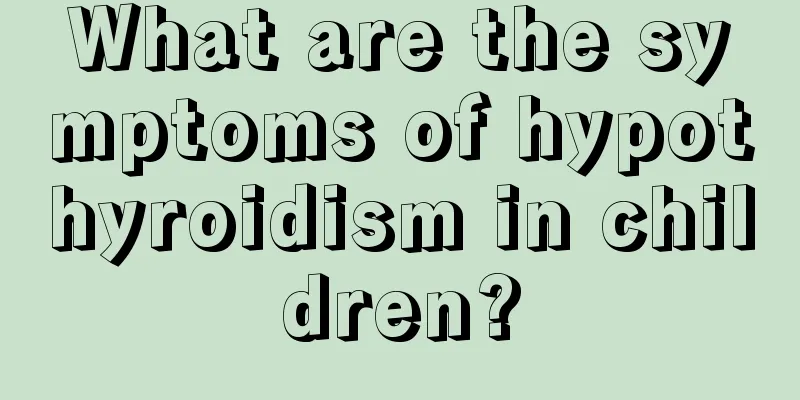The child has a fever again after three days of fever
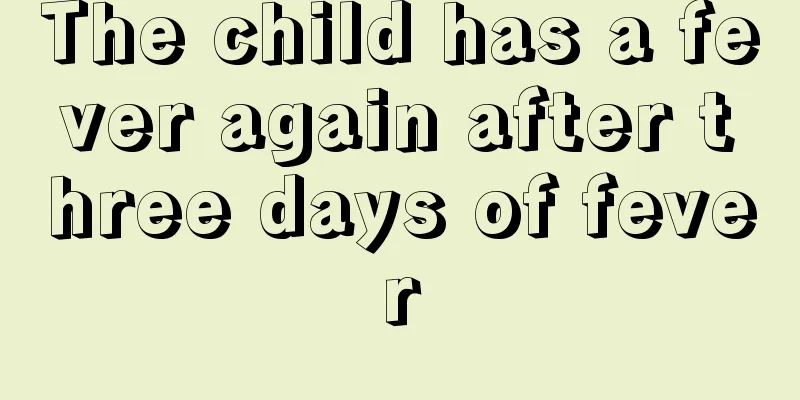
|
Every time a child has a fever, the parents will be busy all night and feel dizzy. However, a few days after the fever subsides, the child will start to have a fever again. This will make parents feel very worried, not knowing what is wrong with the baby. In fact, there are many reasons for repeated fevers, the main one being that the inflammation has not completely subsided, and the fever will occur again due to the inflammation. Acute upper respiratory tract infection in children (commonly known as cold) is an acute infection of the upper respiratory tract caused by various causes. More than 90% of pathogens are viruses, the most common of which are rhinovirus, respiratory syncytial virus, influenza virus, parainfluenza virus, etc. The clinical manifestations of upper respiratory tract infection in children include: fever, irritability, headache, general discomfort, fatigue, nasal congestion, runny nose, sneezing, throat discomfort, dry cough, sore throat, etc. What causes children to have repeated fevers due to upper respiratory tract infection? 1. First of all, fever is a common symptom of upper respiratory tract infection in children. The body temperature can be as high as 39-40 degrees, and the fever course is about 2-3 days to 1 week. Some babies may have high fever convulsions due to fever within the first 1-2 days of onset. 2. Infants and young children are weak in constitution and are prone to respiratory tract infections, repeated fevers, and other complications, such as otitis media, sinusitis, retropharyngeal wall abscess, peritonsillar abscess, cervical lymphadenitis, laryngitis, bronchitis and pneumonia. 3. If the child's fever has subsided during the recovery period of upper respiratory tract infection but recurs, it means that there is a secondary infection or a new pathogen infection. A blood routine test is required and symptomatic treatment is given according to the test results. So what should we do if children have recurrent fever due to upper respiratory tract infection? 1. Reduce fever in time: Children, especially infants and young children, are prone to high fever convulsions in the early stages of upper respiratory tract infection, so it is necessary to reduce fever in time. When the body temperature exceeds 38.5 degrees, you can take ibuprofen or acetaminophen orally to reduce fever. 2. Drink more warm water and eat liquid food to ensure that the body has sufficient energy and water. Drinking more water helps sweat and dissipate heat, and can also lower body temperature. 3. Provide timely symptomatic treatment according to the infectious pathogen. You can do a routine blood test. If it is confirmed to be a bacterial infection, you can use cephalosporin to treat the inflammation. If it is a viral infection, interferon nebulization or intramuscular injection of antiviral treatment can be used symptomatically. |
>>: How many days does the baby usually have diarrhea after the fever subsides?
Recommend
What should I do if my 10-year-old child is constipated?
I believe everyone is familiar with the word cons...
What’s going on if my child has bubbles in his throat?
The baby has bubbles in his throat. This is mostl...
Baby falls to judge intracranial hemorrhage
It is common for babies who are just learning to ...
How should children’s allergic cough be treated?
In fact, for children, many coughs are caused by ...
How to eat when children have indigestion and vomiting
As children grow up, the most common problem they...
What is the reason why my baby coughs so much?
Usually babies will cough when they have a cold, ...
What to do if your baby farts and cries
Farting is a normal physiological reaction of the...
What happens if a child’s nails become concave? Experts tell you the root cause
If there are dents on a child's nails, it is ...
What are the symptoms of hydrocephalus in premature infants?
The sequelae of hydrocephalus in premature infant...
What food is good for students to nourish their brains?
During the critical period of learning and growth...
What to eat for myopic children
In recent years, more and more children are suffe...
What should I do if my child plays with private parts?
According to Freud's theory of psychological ...
There are three reasons for swollen lymph nodes behind the ears in children!
Swollen lymph nodes behind the ears are a common ...
Can children have body odor?
The real name of body odor is bromhidrosis. Body ...
What to eat for malnourished children
Children are most susceptible to malnutrition, an...
